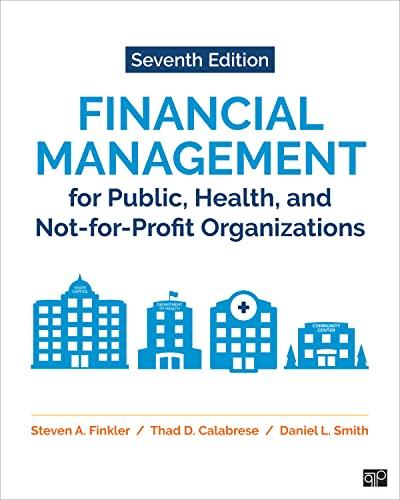
1. Fisher and Statman investigated the question, Do investor sentiments forecast stock returns?" They examined the relationship between stock returns and the sentiments of three groups (Wall Street strategists, newsletter writers, and individual investors). Sentiment data for the Wall Street analysts came from Merrill Lynch, for newsletter writers from Chartcraft, and for individual investors from the American Association of Individual Investors. They found an inverse relationship between sentiment of these three groups and future stock returns (one month later). Investor sentiment served as a contrarian indicator with investor optimism foretelling lower returns and investor pessimism indicating higher returns. The relationship was statistically significant for Wall Street strategists and individual investors. The authors concluded that a combination of the sentiment from the three groups could be used to forecast S&P 500 returns and used in a tactical asset allocation program. a) What research question(s) is (are) being tested? (2 points) b) Who are the decision makers that are being studied? (1 point) c) List the three criteria we use to classify studies and asses this study on each. (6 points) c) On the behavioralist vs. rationalist paradigm continuum below, place an X to represent your placement of the study on this continuum. (1 points) Behavioralist Paradigm Rationalist Paradigm 1. Fisher and Statman investigated the question, Do investor sentiments forecast stock returns?" They examined the relationship between stock returns and the sentiments of three groups (Wall Street strategists, newsletter writers, and individual investors). Sentiment data for the Wall Street analysts came from Merrill Lynch, for newsletter writers from Chartcraft, and for individual investors from the American Association of Individual Investors. They found an inverse relationship between sentiment of these three groups and future stock returns (one month later). Investor sentiment served as a contrarian indicator with investor optimism foretelling lower returns and investor pessimism indicating higher returns. The relationship was statistically significant for Wall Street strategists and individual investors. The authors concluded that a combination of the sentiment from the three groups could be used to forecast S&P 500 returns and used in a tactical asset allocation program. a) What research question(s) is (are) being tested? (2 points) b) Who are the decision makers that are being studied? (1 point) c) List the three criteria we use to classify studies and asses this study on each. (6 points) c) On the behavioralist vs. rationalist paradigm continuum below, place an X to represent your placement of the study on this continuum. (1 points) Behavioralist Paradigm Rationalist Paradigm







